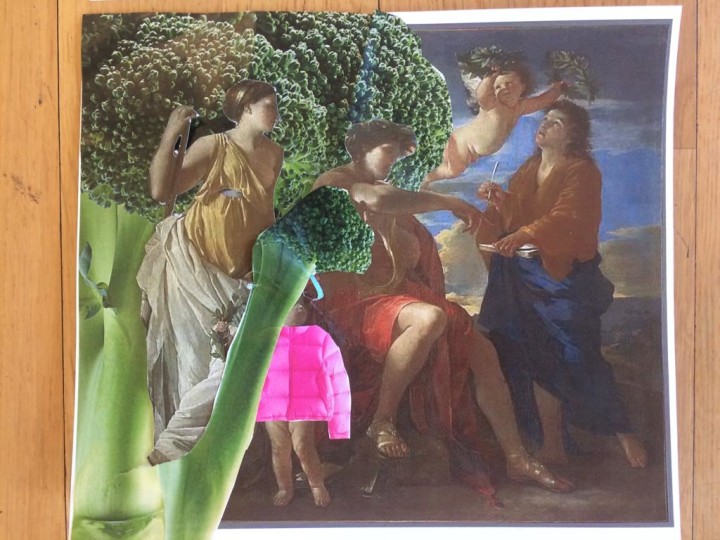Beginnings
Firstly, I’d like to thank everyone who attended the workshop for your curiosity, creativity and fantastic level of engagement. Your input, creativity and chats and conversation helped make the workshop memorable and meaningful.
We started with a brief overview of what collage is. What does the word mean? We then looked briefly at the history of collage and after that I showed you a selection of my work.
Then we looked at the basics of cut and paste. Ways of cutting, (and tearing), various ways to paste and the variety of backgrounds which can be used. We looked at some handy tools to have – such as cutting mat, tweezers and a tray of some sort to place your cut pieces so they don’t get lost in all the scraps of paper!
As the group worked, I highlighted some useful mantras:
- Embrace the transformative element of collage.
- Let the material and the found images guide you.
- Be open to changing direction.


